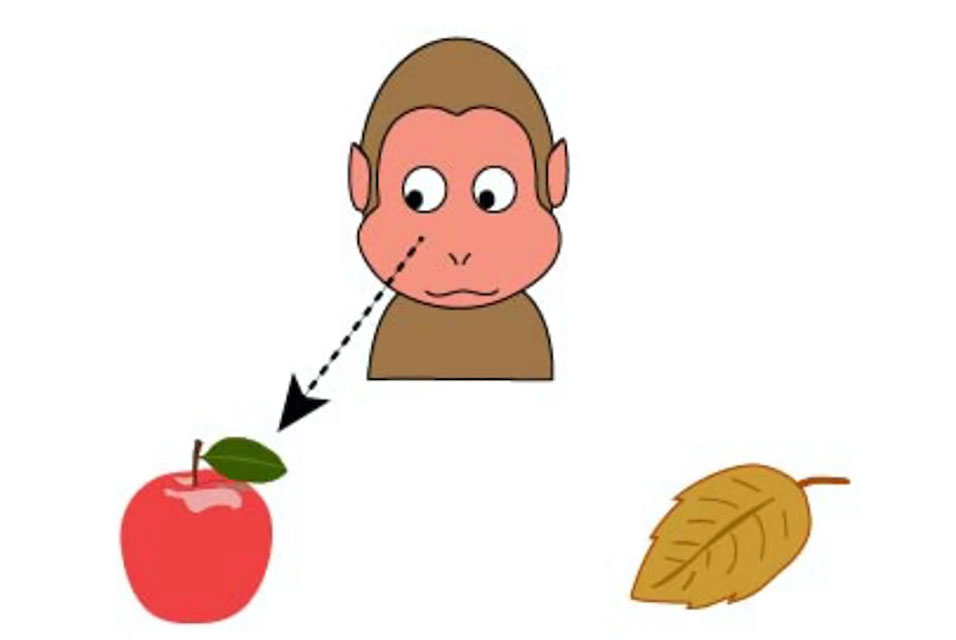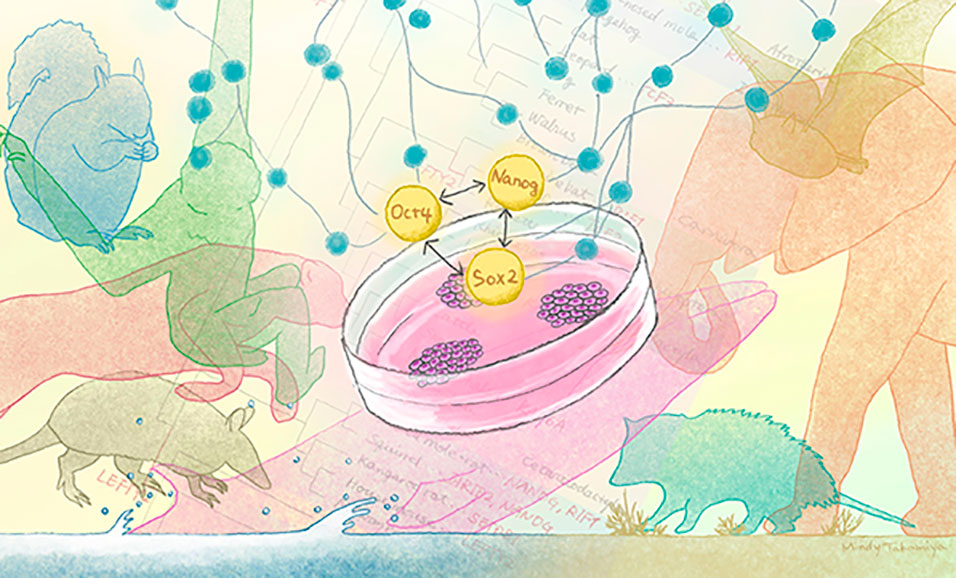KYOTO.- In the wild, it is essential for animals to pick out good or bad objects within their visual field. Whether it be food or predator, split-second recognition and action need to be made for survival.
The underlying mechanisms that govern this behavior in the brain has been gradually uncovered by researchers. Now, a team from
Kyoto University's Primate Research Institute have revealed how the brain controls eye movements toward the 'good objects'.
"The brain regions that control how we process 'value information' are called the basal ganglia. Over the years, we had uncovered that it also controls eye movement," explains Hidetoshi Amita, first author of the paper published in Nature Communications.
"However, exactly how the basal ganglia convert 'value information' to eye movement was still unknown. So, we designed a way to explore this information processing pathway."
The team artificially manipulated a specific neural circuit in the basal ganglia using a method called optogenetics, a way of activating selective neurons using light.
"Using macaques, we activated the pathway from the caudate nucleus to the superior colliculus," continues Amita. "The caudate nucleus is a part of the brain's reward system, and the superior colliculus triggers controlled eye movement."
It was confirmed that the neuronal activity in these brain regions increased when presented with objects that would privide the most benefit, indicating that these regions convey information about high-value objects associated with a reward.
The pathway was then stimulated by light to understand how the macaques’ eyes moved to see these 'high-value objects', and found that the pathway conveying this value information was activated. At the same time eye movement also showed notable increase.
"Our findings indicate that there is a direct neural circuit that connects how the brain perceives valuable information and how the eyes move toward it," concludes Masahiko Takada a collaborator in the study. "In fact, we were impressed that only 20 milliseconds of activation were sufficient to modulate gaze shift."
The study establishes that a combination of task-related neuronal activity recording and optogenetic manipulation can be a powerful tool for analyzing neural networks in the primate brain. Takada hopes that this approach can be applied to study other neural circuits to better understand their functional roles.










